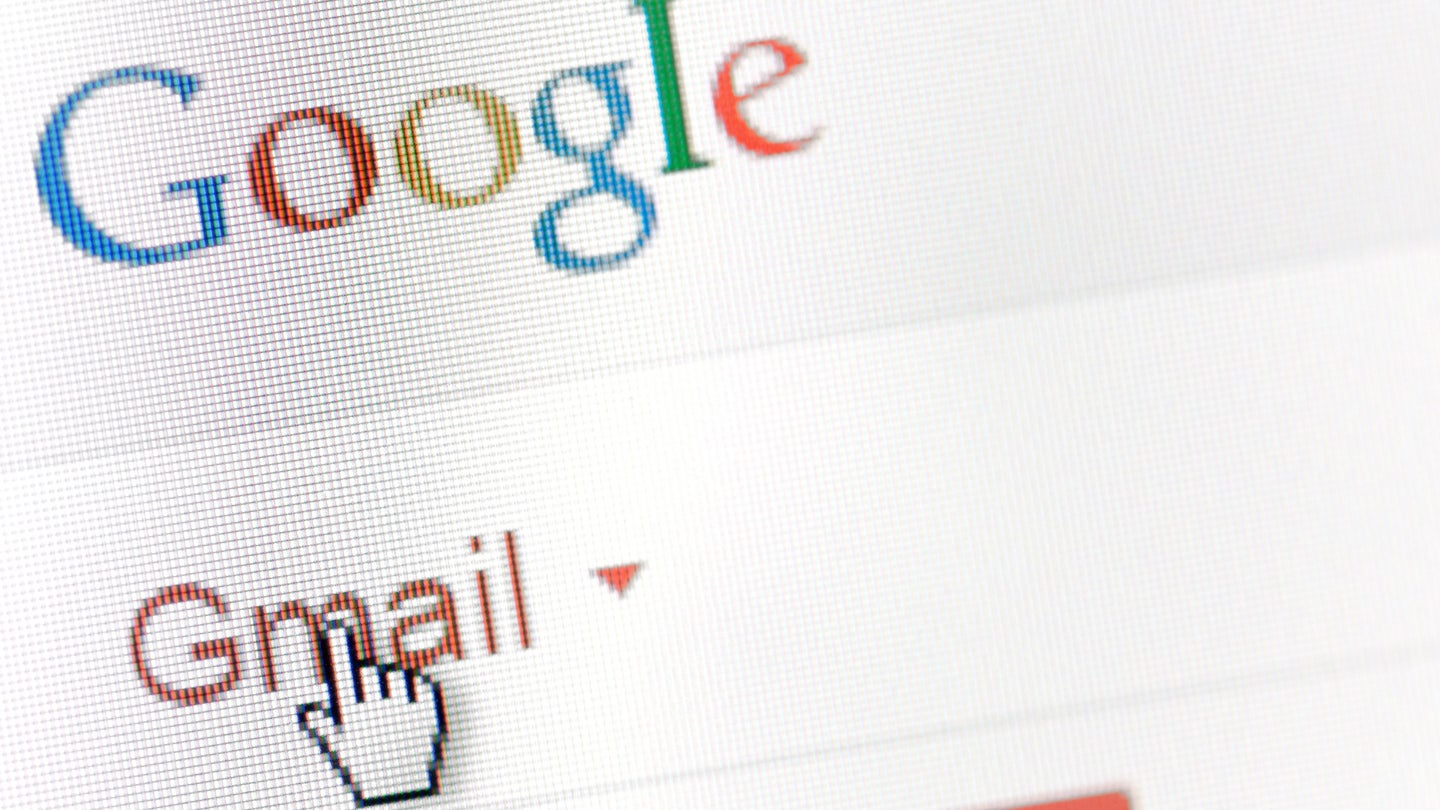Gmail debuted on April Fool’s Day 20 years ago. The joke is still on us.
Google's new email service offered astounding features—at a cost.

A completely free email service offering 1 GB of storage, integrated search capabilities, and automatic message threading? Too good to be true.
At least, that’s what many people thought 20 years ago today, when Google announced Gmail’s debut. To be fair, it’s easy to see why some AP News readers wrote letters claiming the outlet’s reporters had unwittingly fallen for Google’s latest April Fool’s Day prank. Given the state of email in 2004, the prospect of roughly 250-500 times greater storage capability than the likes of Yahoo! Mail and Hotmail sounded far-fetched enough—offering all that for free felt absurd. But there was something else even more absurd than Gmail’s technological capabilities.
It’s hard to imagine now, but there was a time when forking over all your data to a private company in exchange for its product wasn’t the default practice. Gmail marked a major shift in strategy (and ethics) for Google—in order to take advantage of all those free, novel webmail features, new users first consented to letting the company vacuum up all their communications and associated data. This lucrative information would then be utilized to offer personalized advertising alongside sponsored ads embedded in the margins of Gmail’s browser.
“Depending on your take, Gmail is either too good to be true, or it’s the height of corporate arrogance, especially coming from a company whose house motto is ‘Don’t Be Evil,’” Slate tech journalist Paul Boutin wrote on April 15, 2004.
The stipulations buried within Gmail’s terms of use quickly earned the ire of watchdogs. Within a week of its announcement (and subsequent confirmation that it wasn’t an April Fool’s prank), tech critics and privacy advocates published a co-signed open letter to Google’s co-founders, Sergey Brin and Larry Page, urging them to reconsider Gmail’s underlying principles.
“Scanning personal communications in the way Google is proposing is letting the proverbial genie out of the bottle,” they cautioned. “Today, Google wants to make a profit from selling ads. But tomorrow, another company may have completely different ideas about how to use such an infrastructure and the data it captures.”
But the worries didn’t phase Google. Gmail’s features were truly unheard-of for the time, and a yearslong, invite-only rollout continued to build hype while establishing it as an ultra-exclusive service. The buzz was so strong that some people shelled out as much as $250 on eBay for invite codes.
As Engadget noted earlier today, Google would continue its ad-centric email scans for more than a decade. Gmail opened to the general public on Valentine’s Day, 2007; by 2012, its over 425 million active users officially made it the world’s most popular email service–and one of the most desirable online data vaults.
It would take another five years before Google finally acquiesced to intensified criticism, agreeing to end its ad-based email scanning tactics in 2017. By then, however, the damage was done—trading “free” services for personal data is basically the norm for Big Tech companies like Meta and Amazon. Not only that, but Google still manages to find plenty of ways to harvest data across its many other services—including allowing third-party app developers to pony up for peeks into Gmail inboxes. And with 1.5 billion active accounts these days, that’s a lot of very profitable information to possess.
In the meantime, Google’s ongoing push to shove AI into its product suite has opened an entirely new chapter in its long-running online privacy debate—one that began two decades ago with Gmail’s reveal. Although it debuted on April 1, 2004, Gmail’s joke is still on us all these years later.
